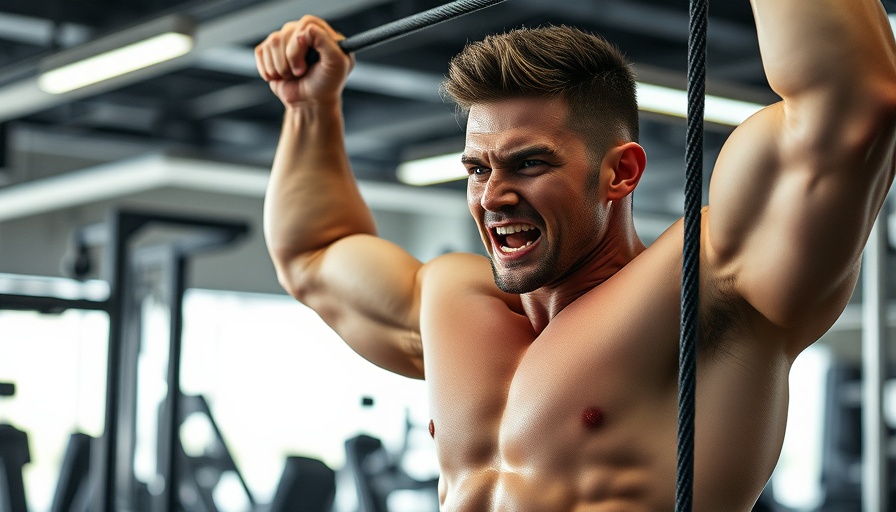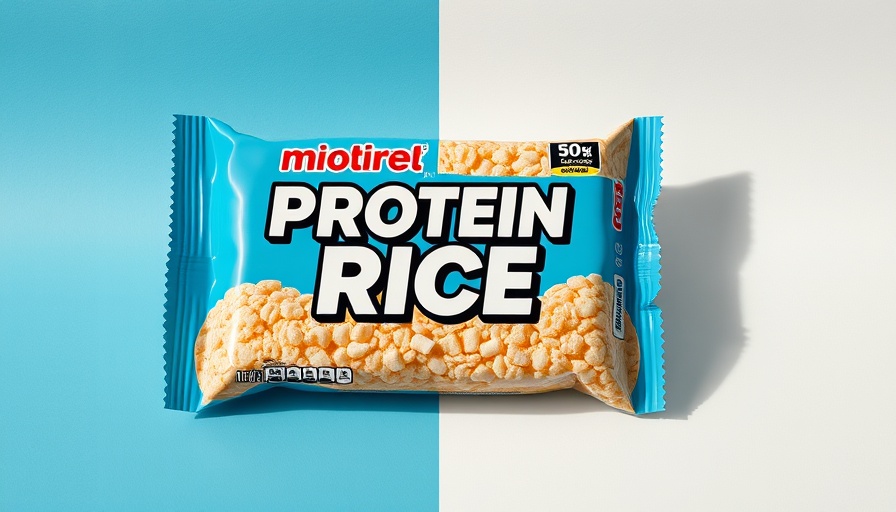
The Great Debate: Cable vs. Dumbbell Lateral Raises
For fitness enthusiasts aiming for capped shoulders and defined deltoids, lateral raises are essential. The debate between cable and dumbbell lateral raises continues to spark interest among gym-goers. Old-school lifters swear by dumbbells for their simplicity and historical success in bodybuilding, while newcomers advocate for the cable machine, which offers continuous tension throughout the exercise.
Understanding Muscle Growth Dynamics
Recent studies suggest that muscle fibers respond better when they are stretched under tension. While dumbbells provide resistance that peaks at shoulder height, cables allow targeted tension even in lengthened positions. This continuous tension is thought to lead to more effective muscle growth, especially for the lateral deltoids, which are crucial for shoulder width.
The Research: Insightful Findings
In a study conducted at Nord University, 24 experienced weightlifters used dumbbells with one arm and cables with the other over an eight-week period. Each routine consisted of five sets to failure, adhering to the same range of motion and intensity. Surprisingly, both methods yielded similar growth, with the cable lateral raises showing a slight edge in the lower deltoid region (4.6% vs. 3.9%)—though this difference was not statistically significant.
The Practical Takeaway for Fitness Enthusiasts
Ultimately, the choice between cable and dumbbell lateral raises boils down to personal preference and accessibility. Whether you prefer the feel of cables or enjoy the tradition of dumbbells, both exercises can help you achieve your muscle-building goals. Enjoying your workout routine is essential for consistency, which is the real key to success in fitness.
In the quest for bigger delts, focus on what feels comfortable and allows you to push yourself in the gym. Remember, the greatest gains come from what you can consistently perform with intensity and enthusiasm!
Consider incorporating both exercises into your routine to maximize deltoid activation and promote balanced strength.
 Add Row
Add Row  Add
Add 


 Add Row
Add Row  Add
Add 



Write A Comment